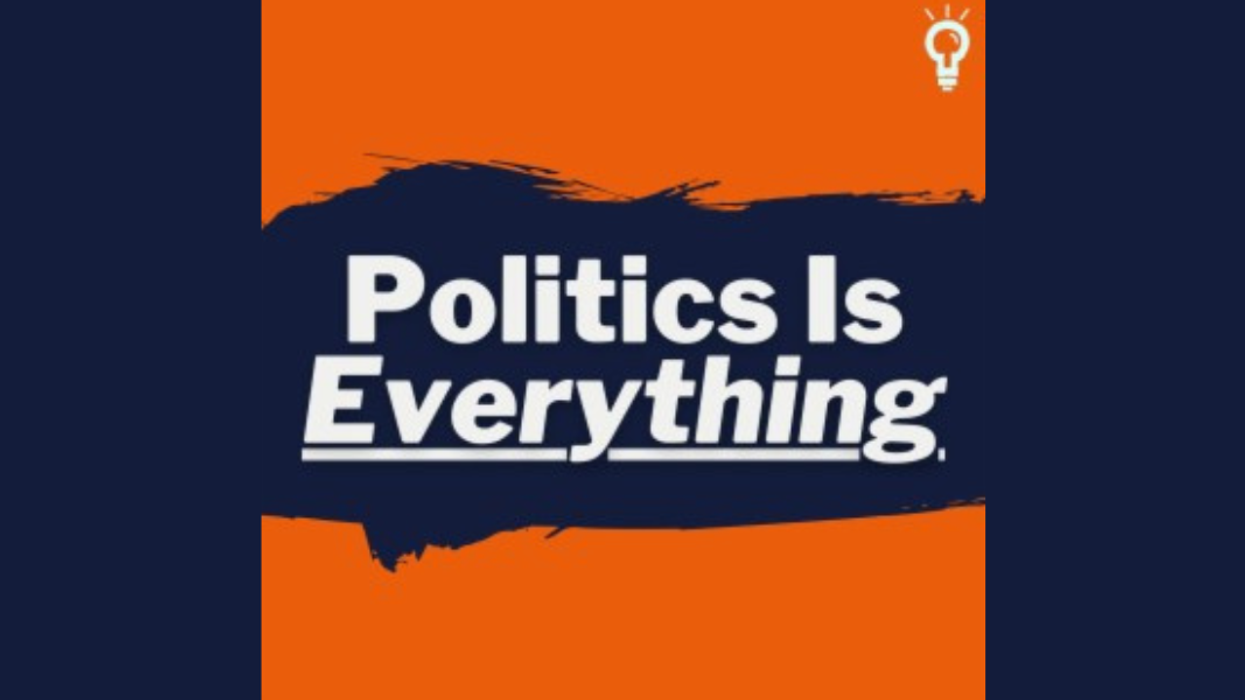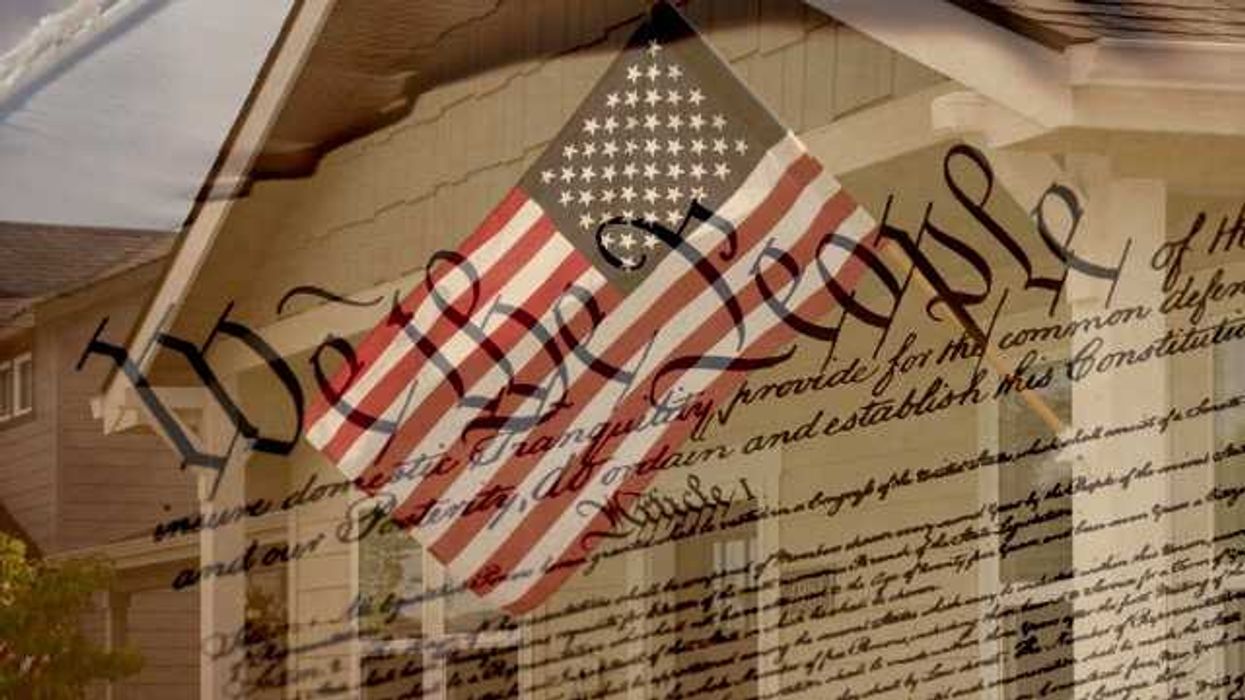How likely is an Electoral College tie in the 2024 U.S. presidential election? What are plausible paths to an Electoral College tie? What would happen if there’s an Electoral College tie and the House of Representatives has to decide the election? Kyle Kondik, Managing Director of Sabato’s Crystal Ball, walks us through the history, scenarios, and procedures we should be paying attention to in the event no candidate receives a majority of Electoral College votes.
Podcast: How likely is an Electoral College tie in the 2024 U.S. Presidential Election?












 Shannon Gormley, Rhode Island Public Schools
Shannon Gormley, Rhode Island Public Schools Les Sinclair, Blue Ridge Area Food Bank
Les Sinclair, Blue Ridge Area Food Bank Elena Casillas Hoffman,
Elena Casillas Hoffman, 
 Darrious Hilmon, Executive Director, CAN-TV
Darrious Hilmon, Executive Director, CAN-TV










